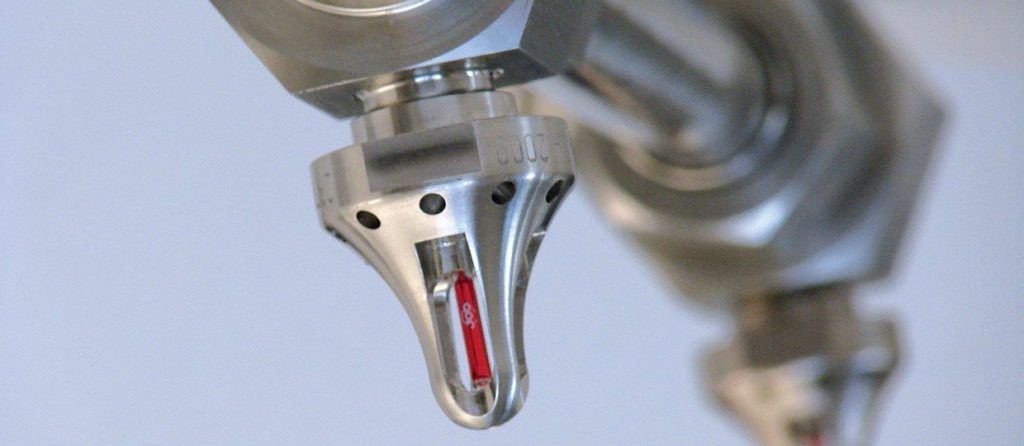WATER MIST SYSTEMS
Water mist systems diffuse water through spray nozzles, creating a fine mist/spray.

THIS SYSTEM HAS FOUND MAIN GOALS : EXTINGUISHING, SUPPRESSION, CONTROL AND COMPENSATORY MEASURES
- Extinguishing; complete and definitive elimination of a fire with open flames or covering fire.
- Suppression; significant reduction of the heat output thus preventing fire reignition.
- Control; confining the fire to limit its spread
- compensatory measures; structural reinforcement and risk mitigation of the fire hazard.
How does it work ?
A mist of water is generated by a pressurizing unit (around 100 bars) and from nozzles with calibrated orifices.
- deluge system : activated by a fire detection system or manually
- sprinkler system : activated by a temperature-sensitive element (hot-melt bulb)
- pre-action system : activated by a fire detection system or manually and by a temperature-sensitive element
What happens during a fire :
- cooling of hot and fuel gases and pre-wetting
- cooling of combustion products
- mitigation of thermal radiation
- oxygen depletion (local or general) due to water spray
Depending on the nature and constraints of the protection required, two approaches can be considered:
- total flooding : water mist is scaled to size in order to ensure protection of all, or part of an area
- object : water mist is directly sprayed on a specific object
When is it used ?
- Generators – both total flooding and object
- Transformers
- Cable tunnels
- Archive rooms
- Control rooms, electrical rooms
- Engine test benches
- Gas turbines and combustion turbines
- Hotel rooms, offices, libraries
- Data centers
- Road and railway tunnels

